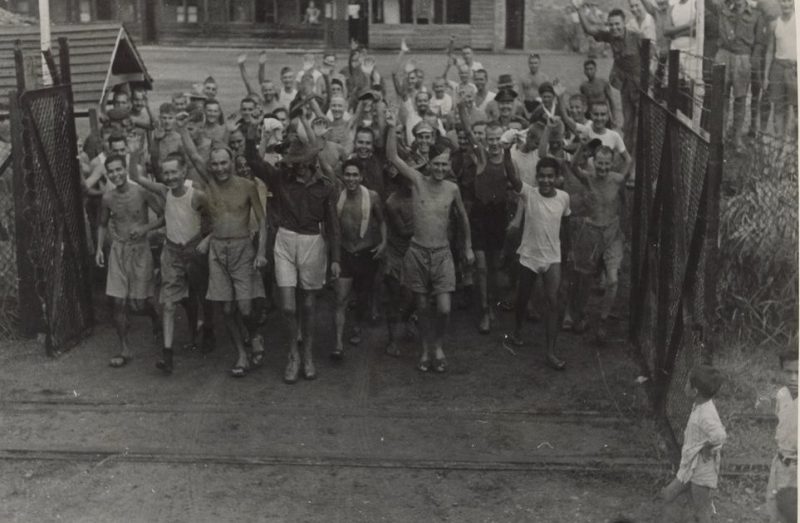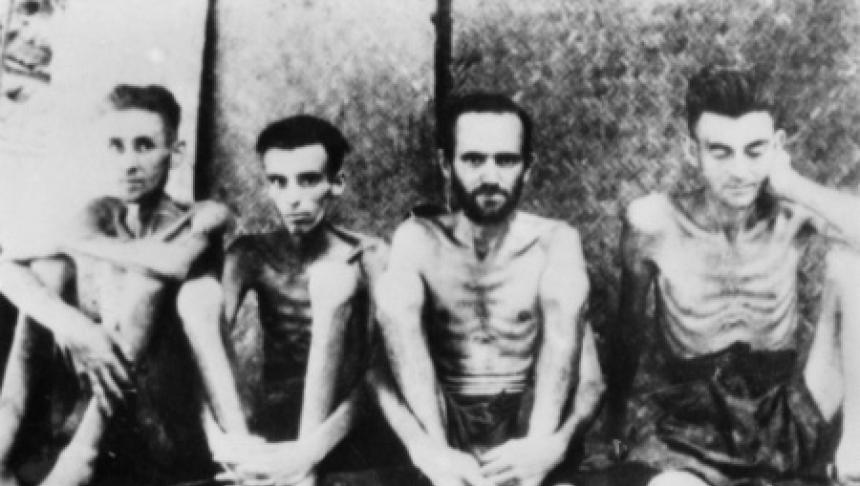
140,000 prisoners of war had passed, during the Second World War, through the Japanese concentration camps. One in three died from starvation, forced labor, disease or punishment.
Prisoners of war captured by the Japanese, in the Asian theaters of war, were imprisoned in concentration camps in Japan, Taiwan, Singapore, China and other regions occupied by the Imperial Army. The largest Japanese war crimes were registered in China, but the Japanese have shown no mercy in other areas as well.
A map showing the locations of concentration camps across Japan. Images Courtesy of Wikipedia 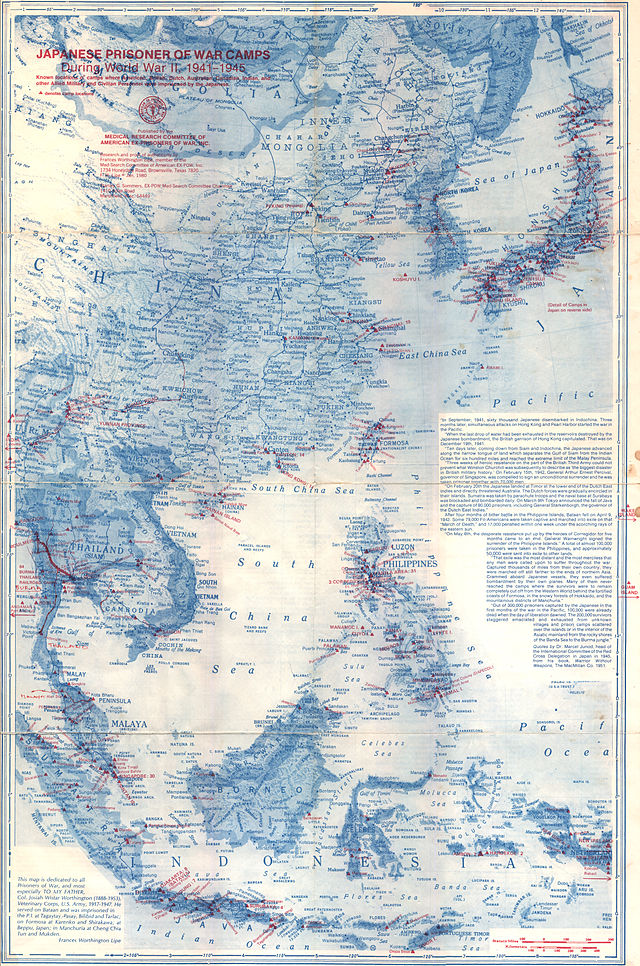
A list showing the names of concentration camps across Japan. Images Courtesy of Wikipedia 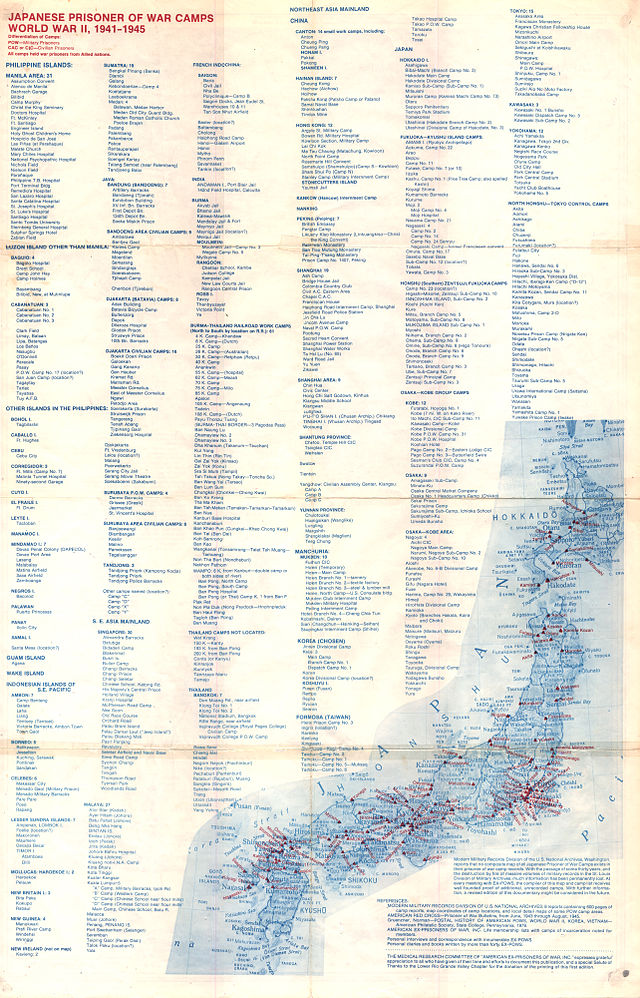
The Railway of Death
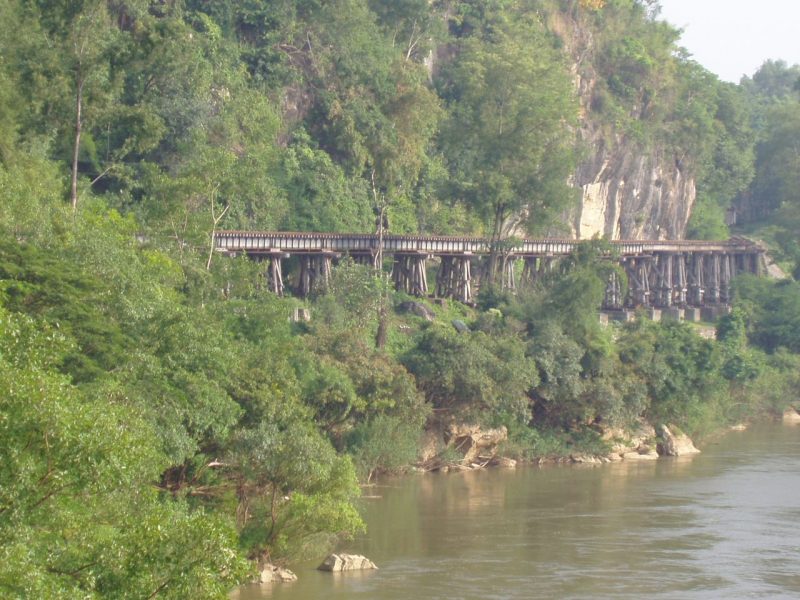
The harshest conditions were endured by the prisoners who were sent to work on the railroad between Burma and Thailand, known as the “railway of death”. The Japanese invaded Burma in 1942 and in order to maintain control over the old British colony, they depended on maritime transport (around the Malayan Peninsula and through the Strait of Malacca). To avoid this route, which become dangerous after the Battle of Midway (June 1942), the Japanese authorities decided to build a railroad that goes from Bangkok to Rangoon. The project, conceived in June 1942 was launched in the autumn of the same year.

The 400 kilometers of railway track were constructed from scratch by forced labor: prisoners worked from morning to evening, ten days in a row (followed by ten days of break), and had to survive on a meager diet consisting of rice and a few vegetables. Malnutrition, ulcers, cholera and exhaustion made many victims: of the 60,000 Allied prisoners who worked on that site, between 13,000 and 16,000 have died. The mortality rate was even higher among the Asian workers: from 180,000 more than 90,000 died.
Another well-known Japanese camp was Kinkaeski, in Taiwan. Founded in November 1942, the camp became home for the prisoners of war sent to forced labor in copper mines. In these mines the working conditions were so harsh and dangerous that neither the Japanese nor the locals wanted to work there.
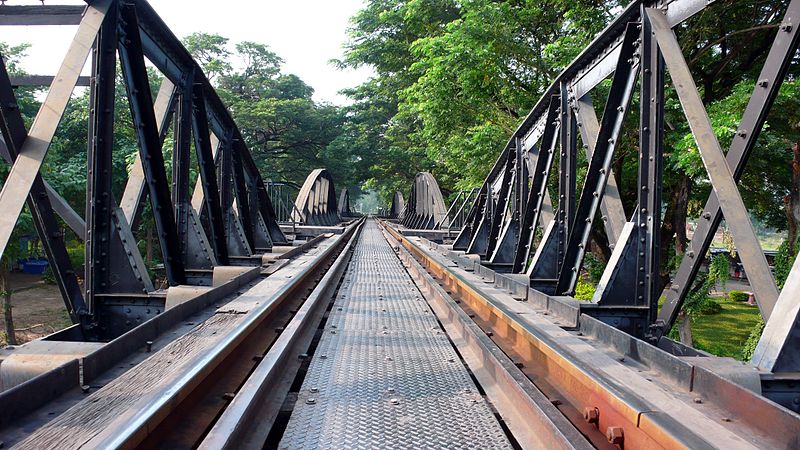
The Hell from Changi
The Changi prison in Singapore, built by the British administration in 1936, was converted into a concentration camp for prisoners during the Second World War. In three years, between 1942 (the year the Japanese occupied Singapore) and 1945, Changi has earned its reputation as the most feared Japanese prison. Here were imprisoned Malaysian civilians and Allied soldiers captured on the Asian front.
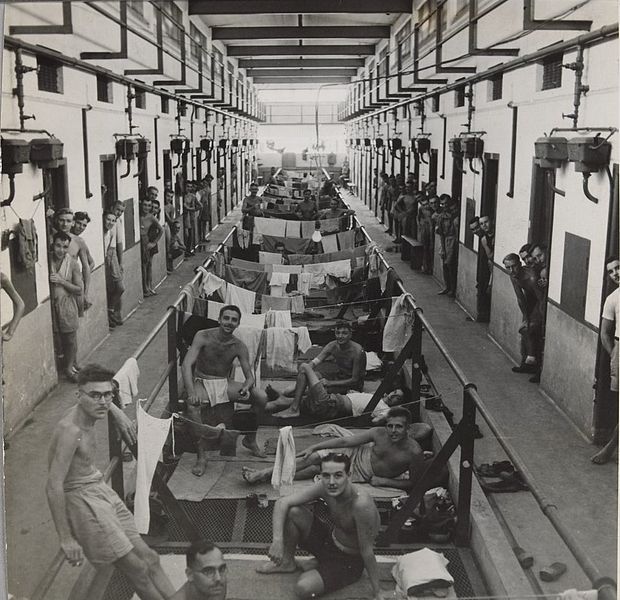
The treatment the prisoners received was very tough, according to the Japanese belief that soldiers who surrender to an enemy army are dishonoring their country and family, so they deserve such treatment.
After the Battle for Singapore, in which the British army was unprepared and lost, 40,000 soldiers were captured and imprisoned in the Selerang military base, near Changi, while the British civil population was locked in the former British prison, 2km away from Selerang.
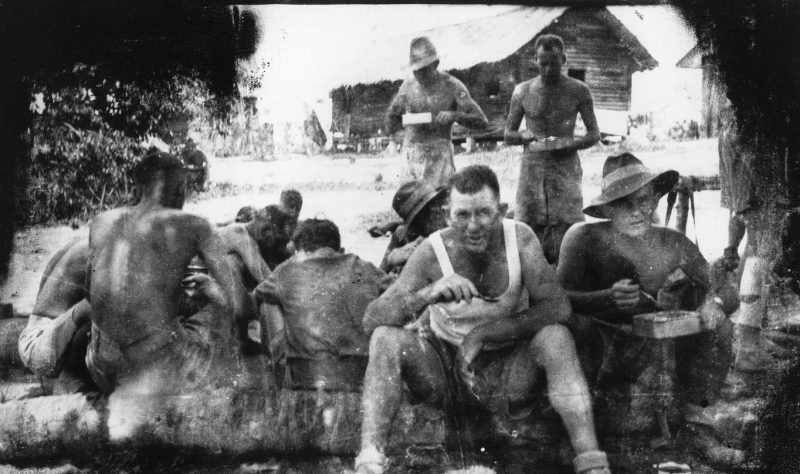
In the first two months at Changi, prisoners were treated rather indifferently by the Japanese. They were given enough food, medicines when needed, and the prisoners could spend their time as they wanted as long as they respected a certain discipline.
But in April 1942 the attitude of the Japanese has radically changed: they began to take the prisoners to forced labor for repairing the docks in the city and the quantities of food and medicines have decreased significantly.
In those circumstances, the prisoners began to die of dysentery or diseases caused by lack of vitamins. Moreover, camp authorities – relying on the fact that Japan had not signed the Geneva Convention regarding the Treatment of Prisoners of War – have changed the organization of the camp, treating the prisoners as they wished.
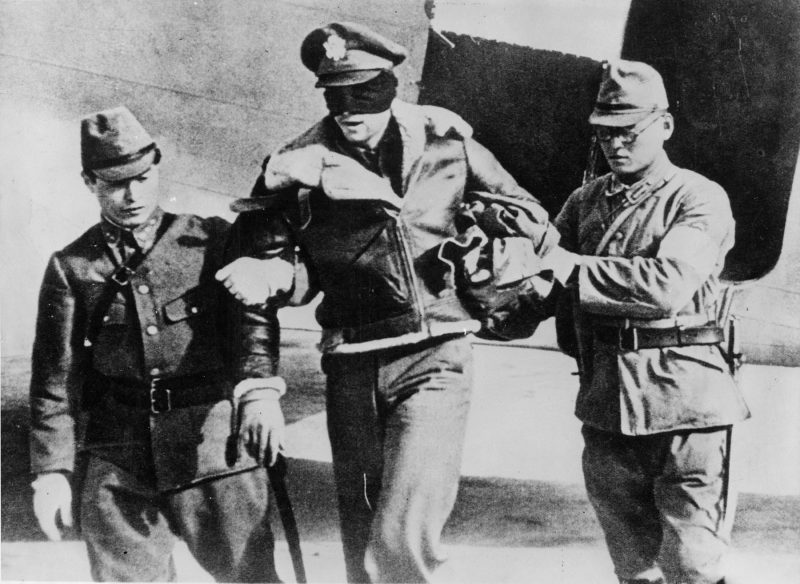
The situation deteriorated even further after a failed escape attempt. After this event, the camp leaders demanded that all prisoners must sign a document saying that they will never try to escape. Faced with their refusal, the authorities have cramped 20,000 prisoners in a shack, threatening to keep them imprisoned there until the signing of the document. When this tactic showed no results, several prisoners were randomly chosen and shot. Even then the prisoners were not giving up, refusing to put their signature on the document. Only when they were threatened with an intentional release of an epidemic in the camp, the prisoners agreed to sign.
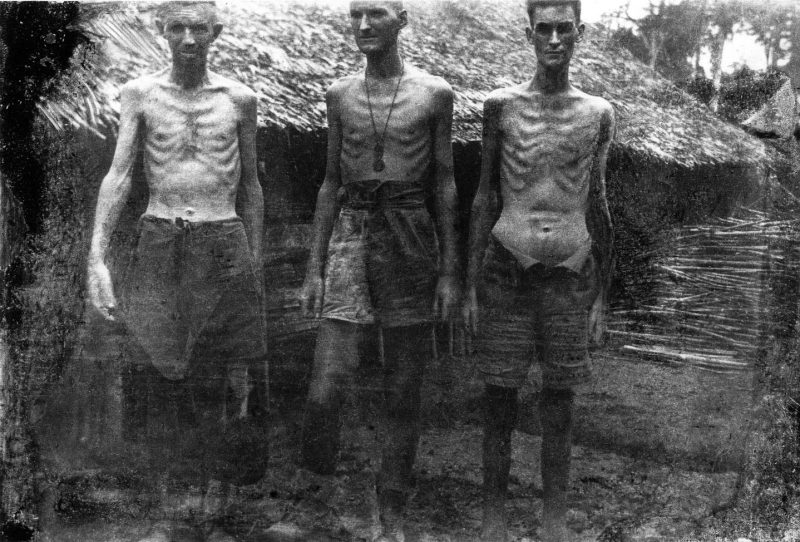
The prisoners of war from Changi were used for forced labor: those who worked received food; others were basically left to die of starvation. Those who were too weak to be able to work had to rely on the generosity of their comrades to survive.
In 1943, the 7000 people left in Selerang were moved to the Changi prison, with a capacity of only 1,000 people. Prisoners of war were crammed into a few barracks, 5-6 living in cells designed for one person, and the risk that any disease would quickly spread between them was very high.
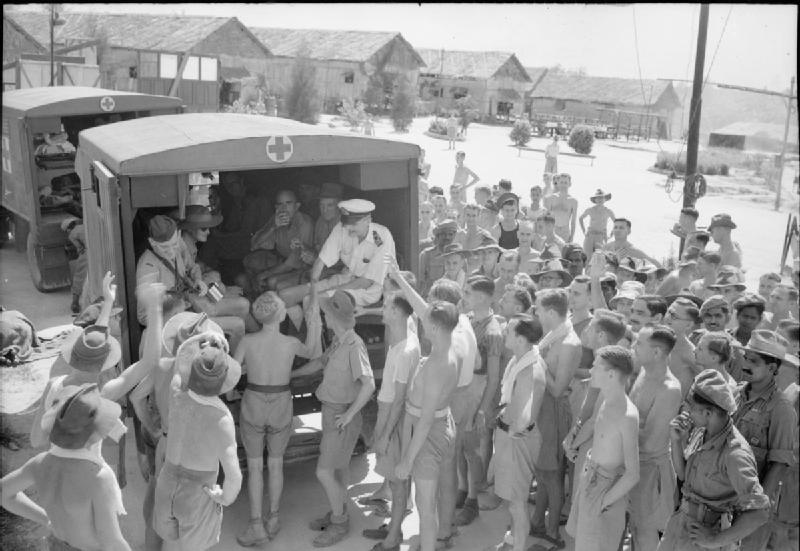
Towards the end of the Pacific War, when Japan was making financial efforts to keep its army in battle, the food rations of the prisoners were diminished and they even had to work harder. Prisoners from Changi were sent to dig tunnels and hiding spots in the hills around Singapore. The Japanese were planning to use these locations as hiding places when Allied troops landed on the peninsula.
In the last days of the war, the prisoners feared that the Japanese will kill them before the arrival of the Allies. It did not happen. On the contrary: when Emperor Hirohito announced Japan’s surrender, the camp authorities simply handed the command of the camp to the prisoners.
